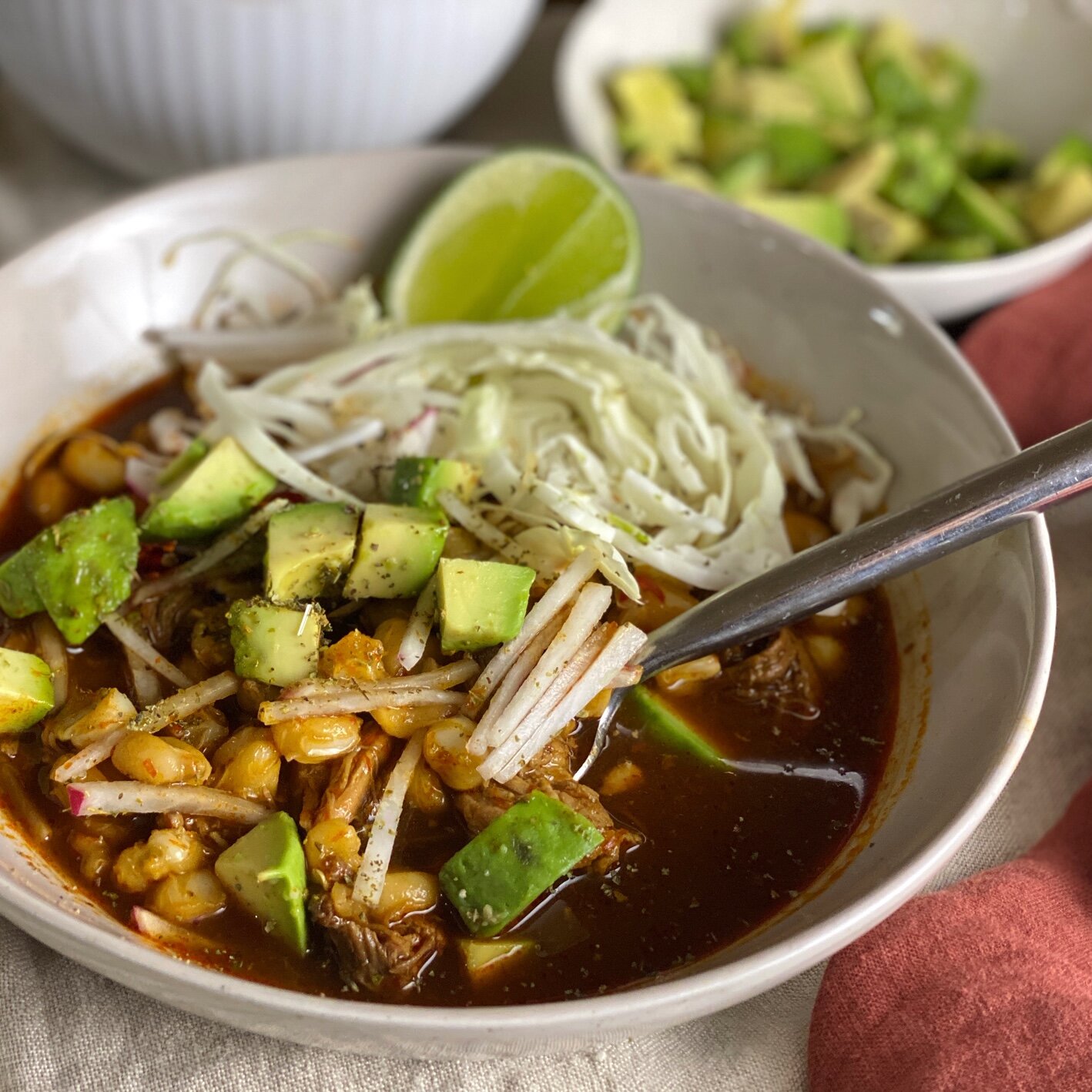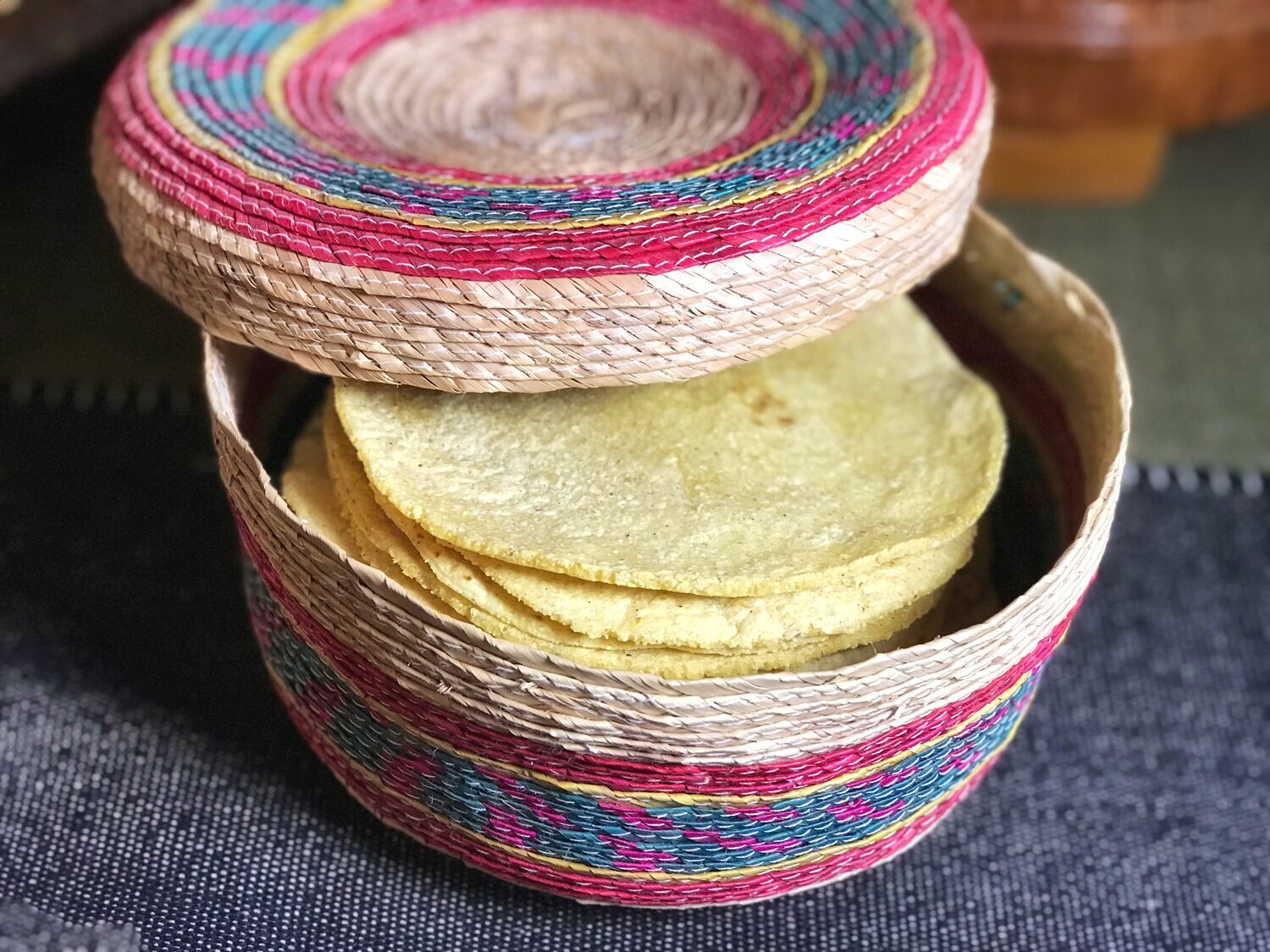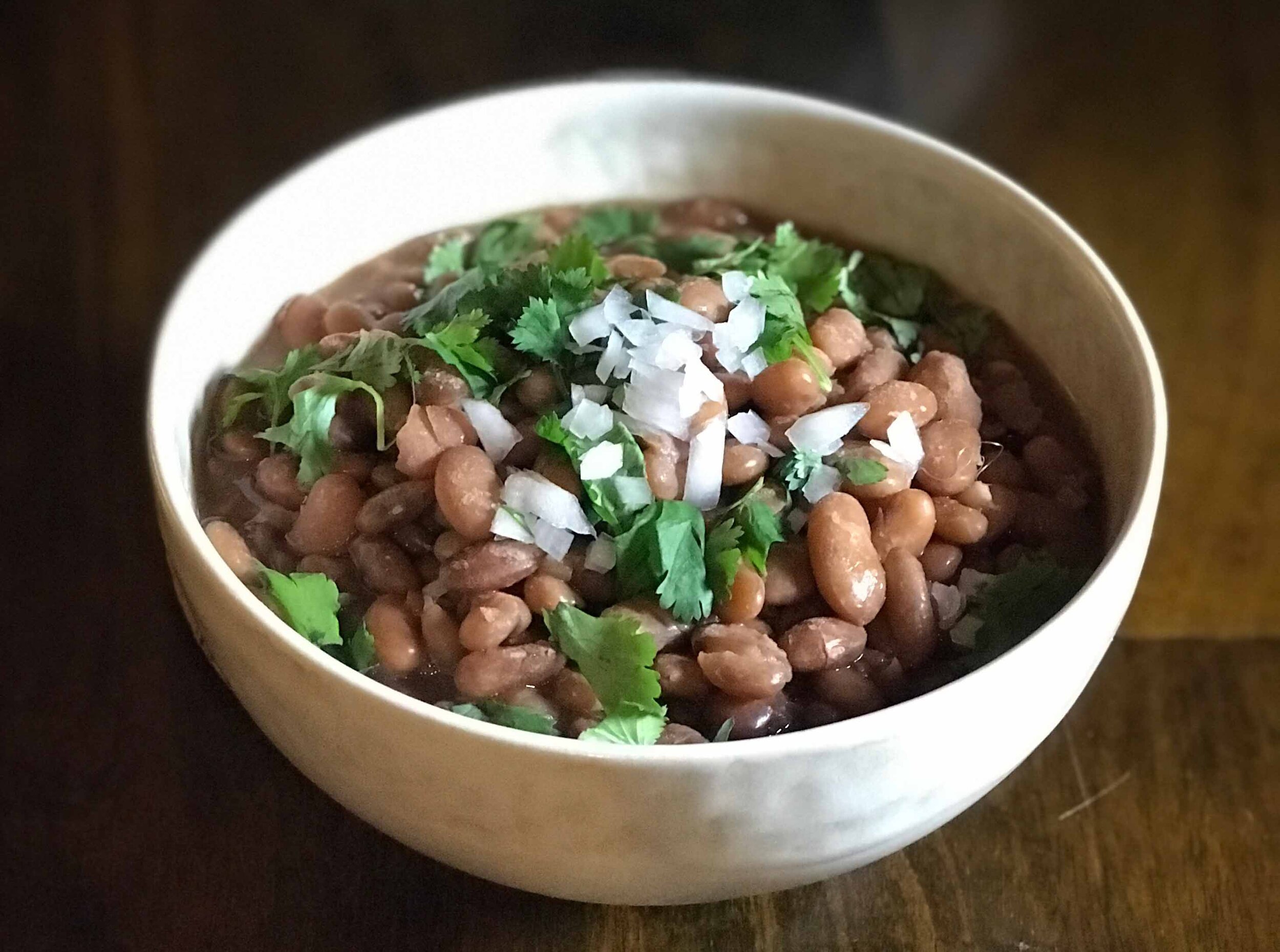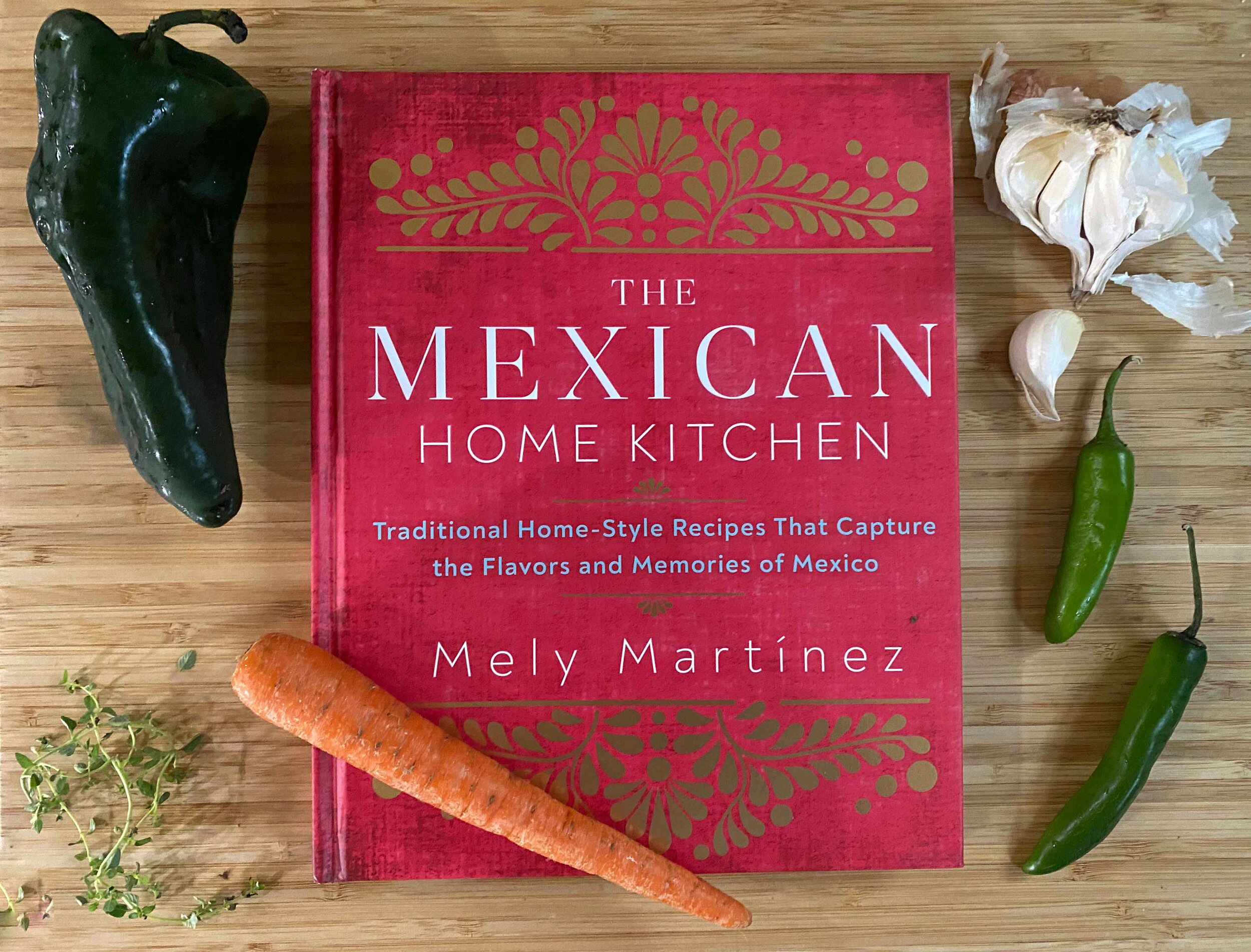This is the fourth story in our series “Around the World in Chicken Soup.”
I really miss traveling, and especially traveling to Mexico — which in the last five years had become almost an addiction for my husband and me. Our last two trips were to the Yucatán Peninsula, where we mostly explored the beautiful towns and cities inland — Valladolid and Mérida — and coastal towns like Sisal and Campeche and Champotón. And of course the archeological sites: Chichen Itza, and Uxmal and Ek Balam.
The peninsula’s bright and sunny flavors came back to us deliciously in the form of a recipe I found in Jenn Louis’ delightful new book, The Chicken Soup Manifesto: Sopa de Lima — the region’s tangy, limey chicken soup.
As Louis writes at the start of the book, it’s always great to use homemade chicken stock in soups “because the end result is worth the time, and your home will smell amazing.” So true.
But there’s not always time to make stock. And when you jazz up a chicken soup with assertive flavors, like the exhilarating spices that went into the Tibetan Thukpa we wrote about in December, the convenience of using store-bought broth or stock as a base becomes much more attractive.
That’s definitely the case with Louis’ Sopa de Lima. The original version in her book calls for starting with either home-made chicken stock or water, but because the chicken pieces cook in the liquid less than 20 minutes, I chose store-brought broth instead of water.
In the Yucatán, the lime they use for this soup is the region’s native lima ágria. Because we can’t get it here, Louis brilliantly swaps a combination of regular (Persian) lime and grapefruit juice, and that works great. Spices and herbs — cinnamon stick, black peppercorns, cloves, garlic, oregano and bay leaves — add some depth of flavor and balance the brightness; a big handful of chopped cilantro and hot, crisp tortilla strips are the finishing touch.
You could certainly swap the tortilla strips for store-bought tortilla chips if you don’t feel like frying the strips, but just-fried, they do add a lovely flourish. (And it’s a great way to use corn tortillas that have seen better days.)
OK, now I’m craving that soup, and that crunch. Hope you like it as much as I do.
RECIPE: Jenn Louis’ Sopa de Lima
Read: “Around the world in chicken soup: First stop, Rio de Janeiro, for a comforting bowl of canja de galinha”
Read: “Around the world in chicken soup: Next stop Tibet, for a fresh and fiery bowl of thukpa”






















































